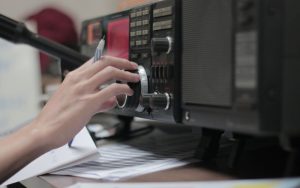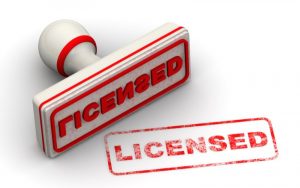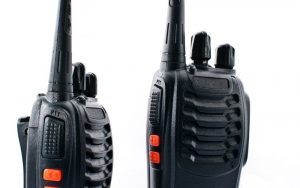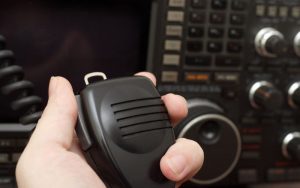Ham radio is a popular hobby for many people across the globe.
And while it can be great fun, some ham radio enthusiasts may wonder if their transmissions can be traced.
Ham radio can be traced and this tracking can occur in a number of different ways depending upon the person or organisation doing the tracing and their motives for wanting to do so.
Ham radio is a licenced and controlled activity
The use of licences for ham radio operators means that the addresses of licenced operators are held by the licensing authorities and that operators can be located via this information.
If the actions of a ham radio operator are reported, for example interference in that ham’s location or misuse of equipment then it is relatively simple for the licencing agencies to identify both the operator and his/her location from records.
Tracking can be done by government organisations
Governments have the power to monitor communications, including ham radio transmissions if they wish to do so.
This is particularly true where there are threats or perceived threats to security.
For example some governments monitor ham radio transmissions during periods of tension or unrest and will also use any communications made via mobile phones, standard phone networks and the internet to help identify the people involved.
Governments may also require equipment such as amateur radios to be fitted with technology that allows for more efficient tracking such as GPS (Global Positioning System) and the use of ham radio frequencies may be banned during times of extreme threat such as war.
Tracking can be done by private organisations
Organisations with sufficient resources to effectively do so may wish to track ham radio transmissions if they feel that their own security is threatened or compromised by a ham radio operator.
Some tracking can be done with the use of equipment , for example across most parts of the globe it is possible to purchase equipment that will detect even weak ham radio transmissions, provide a location and allow their source to be tracked.
Tracking can be done by private individuals
Some individuals may wish to track ham radio transmissions for personal reasons or they simply may not like the idea of their neighbours using ham radio equipment.
For example, if a neighbour is using too much power (which can happen) this can cause interference to other hams and so it is possible that a person who suffered from this level of interference could use equipment to track the ham radio transmissions.
It should also be noted that there are a number of websites that provide locations for ham radio operators and it is important to remember that if a person does not want his or her location tracked they should ensure that their callsign does not appear on such a website.
Websites such as QRZ.com provide services to amateur radio operators and many hams register their locations and other details with this site ( and similar ) so that other hams can see where they are located.
How can ham radio be traced?
Radio transmissions from amateur operators can be traced using a process known as triangulation.
This involves the use of a directional antenna by the individual performing the tracking and some way of assessing the signal strength from the transmitter.
By changing location and taking two or more ‘readings’ from the monitoring equipment and with effective use of a map, the approximate location of the transmissions can be identified.
It should be noted however that triangulation is not always an exact science and this means that it is possible for the location of a ham radio operator to be incorrectly identified.
Triangulation was used widely during wartime to locate enemy and resistance transmitters, it has also been used to identify and locate illegal radio transmissions in more modern times – such as pirate radio and other such operations.
It should also be remembered that in some countries triangulation may not be legal without permission or with sufficient evidence, so tracking can only occur under certain circumstances.
Radio hams often practice triangulation
Many amateur radio clubs operate competitions known as ‘fox hunts’.
This involves the placing of a series of low powered transmitters in a variety of locations, often rural, hidden away.
The challenge is then for individual or groups of hams to locate the transmitters using triangulation techniques.
Final Words
Ham radio transmissions can be traced by individuals, organisations or licencing bodies.
With the right equipment and some basic skills and knowledge it is possible to track almost any radio transmission be it ham radio, commercial or otherwise.
Read Next
- Can ham radio survive EMP?
- Why do you need a ham radio license?
- What is 2m ham radio?
- What’s better ham radio or CB radio?
- Is morse code still useful?
- What does QRP mean in ham radio?











